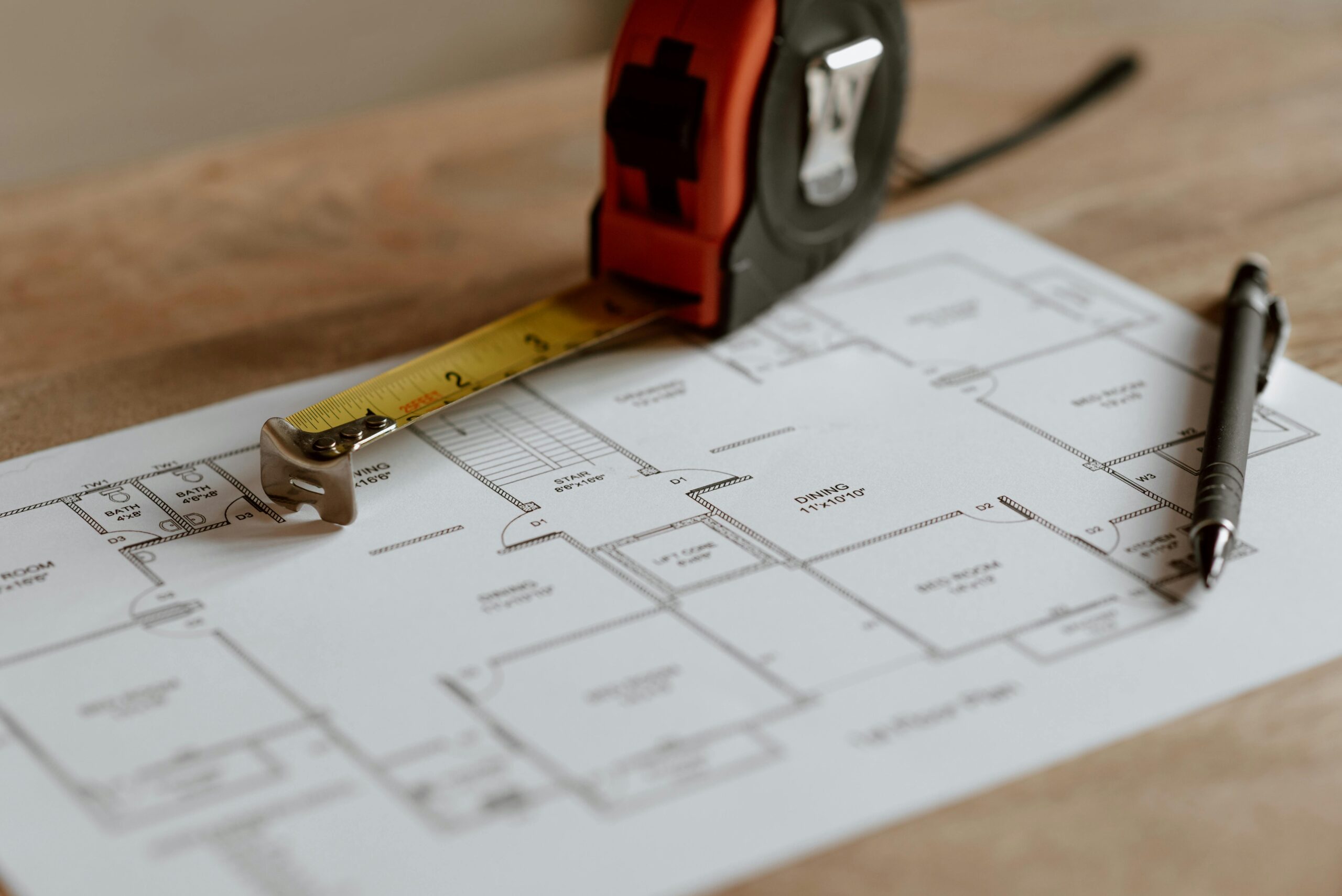In our bustling modern world, where technology powers much of our daily lives and industries thrive on efficiency, the importance of infrastructure maintenance cannot be overstated. Whether it’s the roads we drive on, the bridges we cross, the utilities that power our homes, or the digital networks connecting us, maintaining these vital systems is essential for keeping our societies running smoothly.
Effective infrastructure maintenance involves a proactive approach aimed at preventing failures, minimizing disruptions, and extending the lifespan of assets. In this blog post, we’ll explore why maintenance matters, key strategies for effective maintenance, and the benefits it brings to individuals, businesses, and communities.
The Importance of Infrastructure Maintenance
Imagine a scenario where roads are riddled with potholes, causing traffic jams and vehicle damage. Or picture power outages due to neglected electrical grids, disrupting businesses and inconveniencing households. These scenarios illustrate the critical role that infrastructure maintenance plays in ensuring the functionality and reliability of essential systems.
- Preventing Failures: Regular maintenance helps identify and address issues before they escalate into costly failures. By conducting inspections, making repairs, and replacing worn-out components, maintenance teams can mitigate the risk of unexpected breakdowns.
- Enhancing Safety: Well-maintained infrastructure is safer for users and the surrounding environment. Whether it’s repairing structural defects in bridges or maintaining streetlights for visibility at night, proactive maintenance measures contribute to public safety.
- Optimizing Performance: Proper maintenance keeps infrastructure operating at peak performance levels. This not only improves efficiency but also enhances the user experience. For example, well-maintained transportation systems can reduce travel times and fuel consumption.
- Sustainability: Sustainable infrastructure maintenance practices promote resource efficiency and environmental stewardship. By minimizing waste, conserving energy, and adopting eco-friendly materials, maintenance efforts contribute to a greener, more sustainable future.
Strategies for Effective Infrastructure Maintenance
Achieving effective infrastructure maintenance requires a strategic approach that balances preventative measures with responsive actions. Here are some key strategies to consider:
- Routine Inspections: Conduct regular inspections to assess the condition of infrastructure assets. This may involve visual inspections, non-destructive testing, or sensor-based monitoring systems. Identifying issues early allows for timely intervention and prevents minor problems from escalating.
- Predictive Maintenance: Leverage data and technology to predict when maintenance is needed. Analyzing historical performance data, implementing predictive algorithms, and using IoT sensors can help anticipate equipment failures and schedule maintenance activities proactively.
- Proactive Repairs and Upgrades: Promptly addressing maintenance issues is crucial to prevent further deterioration. Whether it involves repairing pavement cracks or upgrading outdated equipment, investing in timely repairs and upgrades is essential for maintaining the integrity and functionality of infrastructure. This could also involve utilizing crane rental services for tasks such as lifting heavy equipment or materials during repair and upgrade projects.
- Lifecycle Management: Develop comprehensive lifecycle management plans for infrastructure assets. This involves assessing asset condition, estimating remaining lifespan, and planning for maintenance, repairs, and replacements accordingly. By taking a long-term view, organizations can optimize asset performance and minimize lifecycle costs.
- Investment in Training and Technology: Equip maintenance teams with the knowledge, skills, and tools needed to perform their tasks effectively. Investing in training programs, adopting advanced maintenance technologies, and fostering a culture of continuous improvement are essential for maintaining infrastructure reliability and efficiency.
The Benefits of Effective Infrastructure Maintenance
Embracing effective infrastructure maintenance brings a host of benefits to individuals, businesses, and communities alike:
- Cost Savings: Proactive maintenance reduces the need for costly emergency repairs and minimizes downtime, saving money in the long run.
- Improved Reliability: Well-maintained infrastructure operates more reliably, enhancing user satisfaction and trust in public services.
- Enhanced Resilience: Robust maintenance practices increase infrastructure resilience, enabling communities to withstand and recover from disruptions more effectively, whether due to natural disasters or other emergencies.
- Sustainable Development: By prolonging the lifespan of infrastructure assets and minimizing resource consumption, effective maintenance supports sustainable development goals and promotes environmental stewardship.
- Economic Growth: Reliable infrastructure fosters economic growth by facilitating commerce, attracting investment, and creating employment opportunities.
In Conclusion
Effective infrastructure maintenance is not just about fixing things when they break; it’s about proactive management, strategic planning, and continuous improvement. By investing in maintenance programs that prioritize prevention, optimization, and sustainability, we can ensure that our infrastructure remains robust, reliable, and resilient for generations to come. So let’s commit to keeping things running smoothly by embracing the principles of effective infrastructure maintenance.
